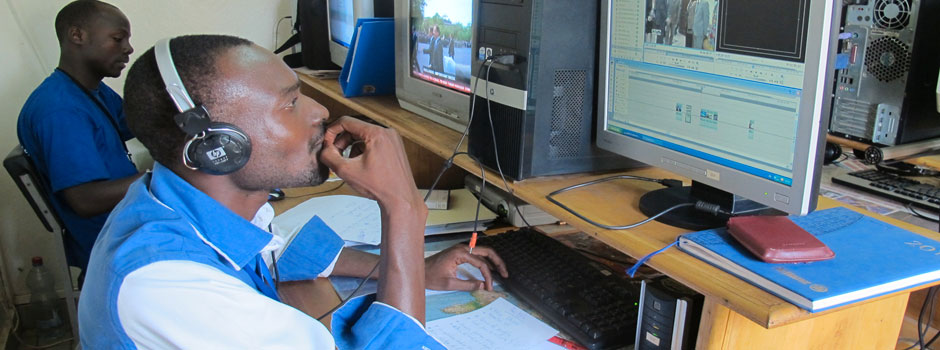When derushing, the journalist spots the key shots.They’ll constitute the various steps of the editing and the key moments of the package.
1. Watch all shots and select the ones relevant to the story : situations, interviews, key sounds and images, ambient sound.
2. Identify each shots thanks to one or various keywords indicating its content and characteristics, such as values, themes, characters, places…
3. Write down the directions of each selected shot thanks to two time codes: the one from the first frame and the one from the last. (The time code identifies each frame).
4. Put selected & identified shots in the bin.
5. Organize the bin by putting together related shots
What are related shots ?
Oftentimes you shoot a sequence around a situation, in delimited space and time. Respecting the three unities (time, action and place) might be one of the keys to building a package.
Finding a guiding thread for the viewer.
- A visual or audio pattern.
- A thing, or a character.
- The description (of a process) carried through well edited sequences.
- An itinerary, a timeline, a demonstration based on visual or audio marks.
Beware, journalistic timeline is often incompatible with chronological order, be it the events timeline or the shooting timeline. “Reality” time is different from journalistic narrative time, which must always bring up the major news first.
Even for a short package, the guiding thread can be replaced by :
- Alternative editing (switching between two stories) :
STORY A1 // STORY B1 // STORY A2 // STORY B2 // STORY A3 ETC…
- A flashback that starts from the end :
STORY ending // STORY beginning// STORY //back to STORY ending.
- An ellipsis that give rhythm to the package by going straight to the end (with a summary of the intermediary steps) :
Beginning of the STORY // (summary of intermediary steps) // end of the STORY
To think up his editing plan, the journalist must :
1. Be careful to put the major news or the key sequence at the beginning (be it video or audio)
2. Choose the beginning & ending sequences
3. Build rhythmic narrative that goes from key moment to key moment (key shots)
4. Highlight this narrative thanks to audio & visually coherent editing: respect related shots and avoid orphan shots.
Identify each sequence thanks to a keyword : it’s a good trick to check the story is progressing naturally and it helps write your voice-over quick and well.

